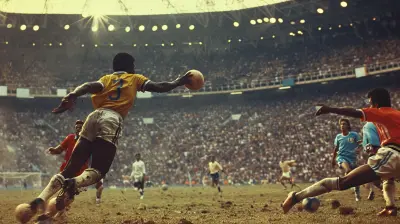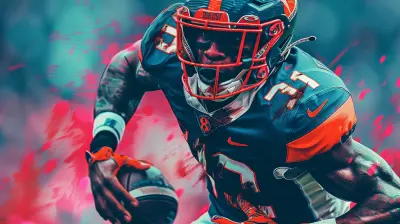The Role of In-Stadium Advertising in Modern Sports Marketing
10 July 2025
Let’s face it—nothing beats the buzz of being inside a stadium on game day. The roar of the crowd, the smell of popcorn in the air, the sea of team colors… it's electric! But there’s more going on than just the game. Have you ever noticed how brands sneak their way into the action through digital banners, jumbotrons, and even seat cushions? That’s in-stadium advertising, and it's playing a massive role in modern sports marketing.
In today’s fast-paced, digital-heavy world, you might wonder: Why bother advertising in stadiums when social media is right there for the taking? Well, grab your foam finger and settle in—we're diving into the heart of the stadium to unpack why this classic marketing move is still scoring major points.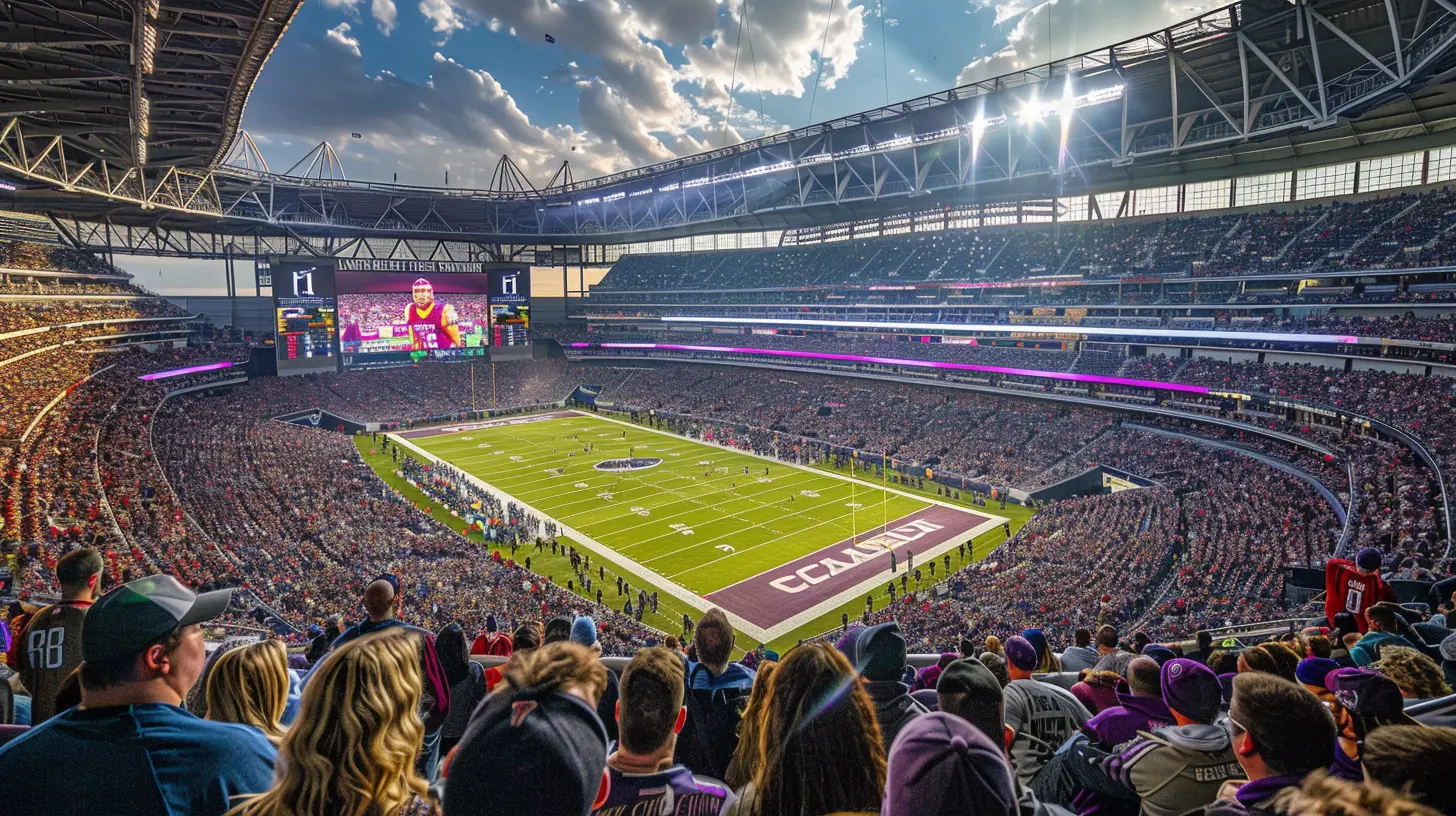
What Exactly is In-Stadium Advertising?
Let’s kick things off with the basics. In-stadium advertising refers to all the brand placements and promotions happening inside a sports venue during live events. Think billboards, digital displays, player jerseys, scoreboard shout-outs, branded giveaways, sponsored kiss cams—you name it.These ads are strategically placed to catch the attention of fans in the stands and viewers on TV or streaming platforms. It’s like marketing with front-row seats!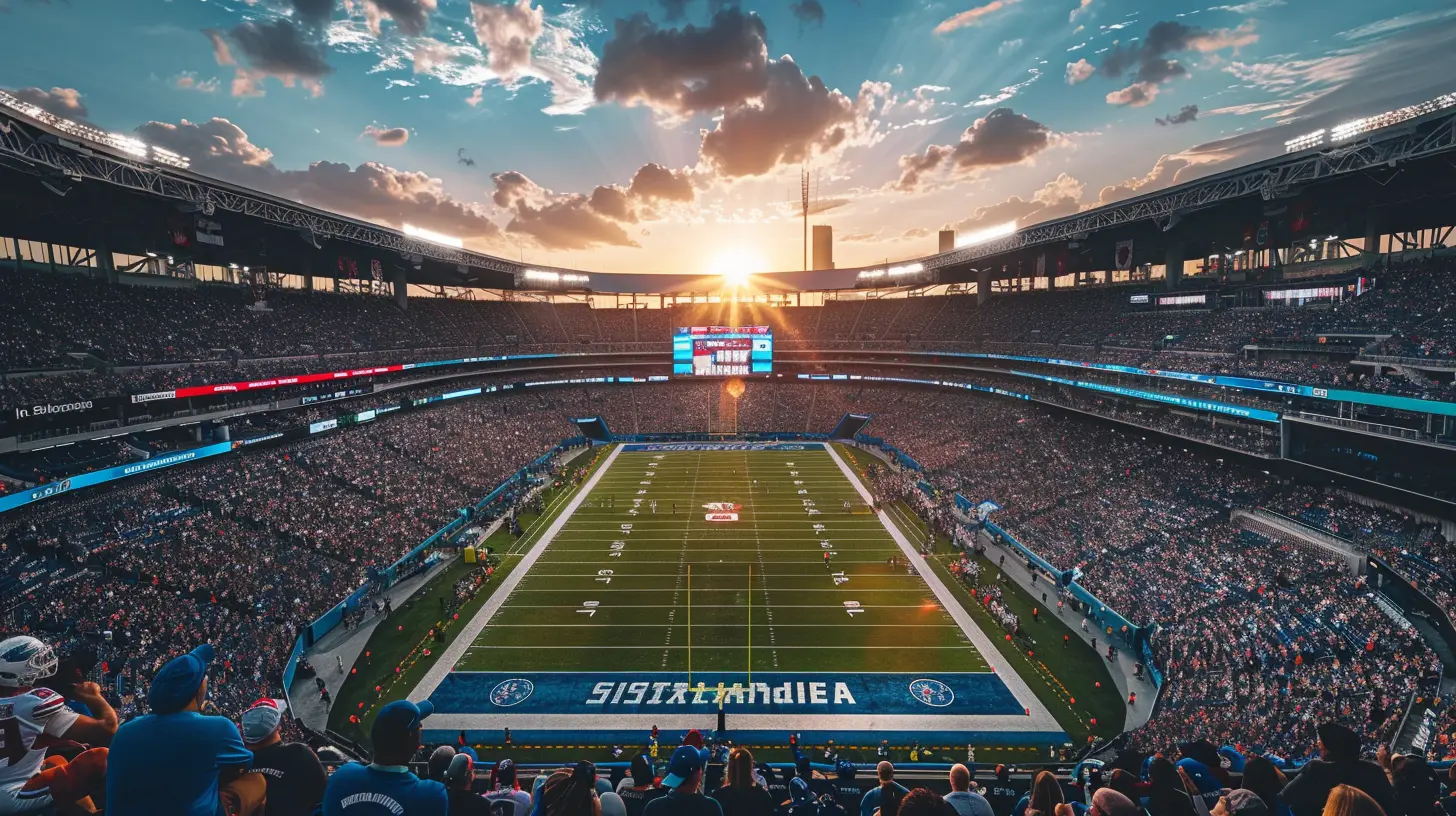
Why Does In-Stadium Advertising Matter?
Sure, fans are there for the game. But guess what—while their eyes are glued to the action, brands are working overtime to deliver subtle (and sometimes not-so-subtle) messages.1. Captive Audience, Prime Attention
Let’s be honest—where else do you get tens of thousands of people all in one place, emotionally invested, and staring at the field for hours? That’s ad gold! Fans aren’t skipping through commercials or scrolling past social ads. They’re right there—surrounded by branded visuals, often without even realizing how deeply they’re absorbing them.2. Emotional Connection = Stronger Brand Impact
Sports fans are passionate. They cry when their team loses and scream when their team snags a last-minute victory. Brands that show up during these emotional moments—which are amplified inside stadiums—create lasting impressions. It's like bonding over a game-winning touchdown; you remember who was there with you.3. Dual Exposure: In-Stadium + Broadcast
Here’s the kicker: in-stadium advertising doesn’t just stay in the stadium. When games are broadcasted, those same ads get beamed into millions of living rooms, sometimes worldwide. That’s a lot of extra eyeballs without paying for separate ad space. Talk about a 2-for-1 deal!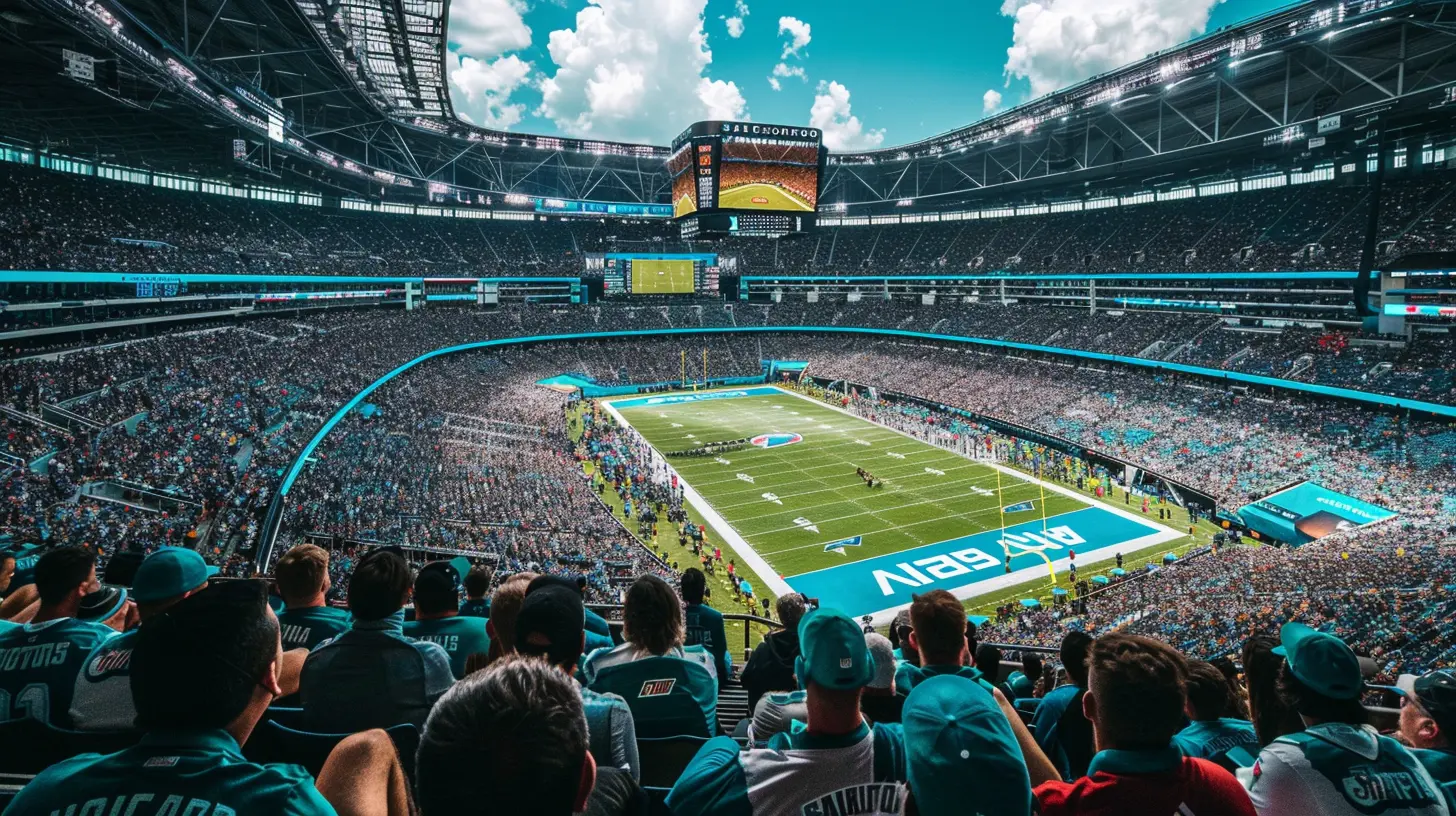
Types of In-Stadium Advertising
Not all stadium bling is created equal. Let’s break down the most common (and clever) types of in-stadium advertising that brands use to turn fans into customers.1. Static Billboards and Banners
Classic but still effective. These are the giant banners around the field or arena that showcase brand logos and taglines. They’re always there—super consistent, super visible.2. LED Digital Boards
Hello, technology! LED boards run along sidelines and wrap around tiers, often animated to grab attention. They’re versatile too—brands can rotate messages throughout the game.3. Jumbotron Ads
The big screen isn’t just for replays and crowd shots. It’s also prime real estate for video ads, sponsored trivia games, or celebrity shout-outs. Cue the “brought to you by…” every time fans are told to make some noise.4. Branded Giveaways
From thundersticks to rally towels, branded freebies handed out to fans do more than excite the crowd—they double as mini, mobile billboards. Fans wave them, wear them, and take them home. It’s advertising with legs.5. Interactive Booths & Fan Zones
Got a product to sample or a new app to promote? Set up a booth near the concessions! These interactive areas boost engagement and give fans something fun to do before kickoff—or while their team’s struggling.6. Seat Branding & Floor Decals
Yep, even the floor or your seat can turn into an ad space. Sometimes entire rows are decked out in brand colors with logos on the back of seats or printed on floors. No detail is too small.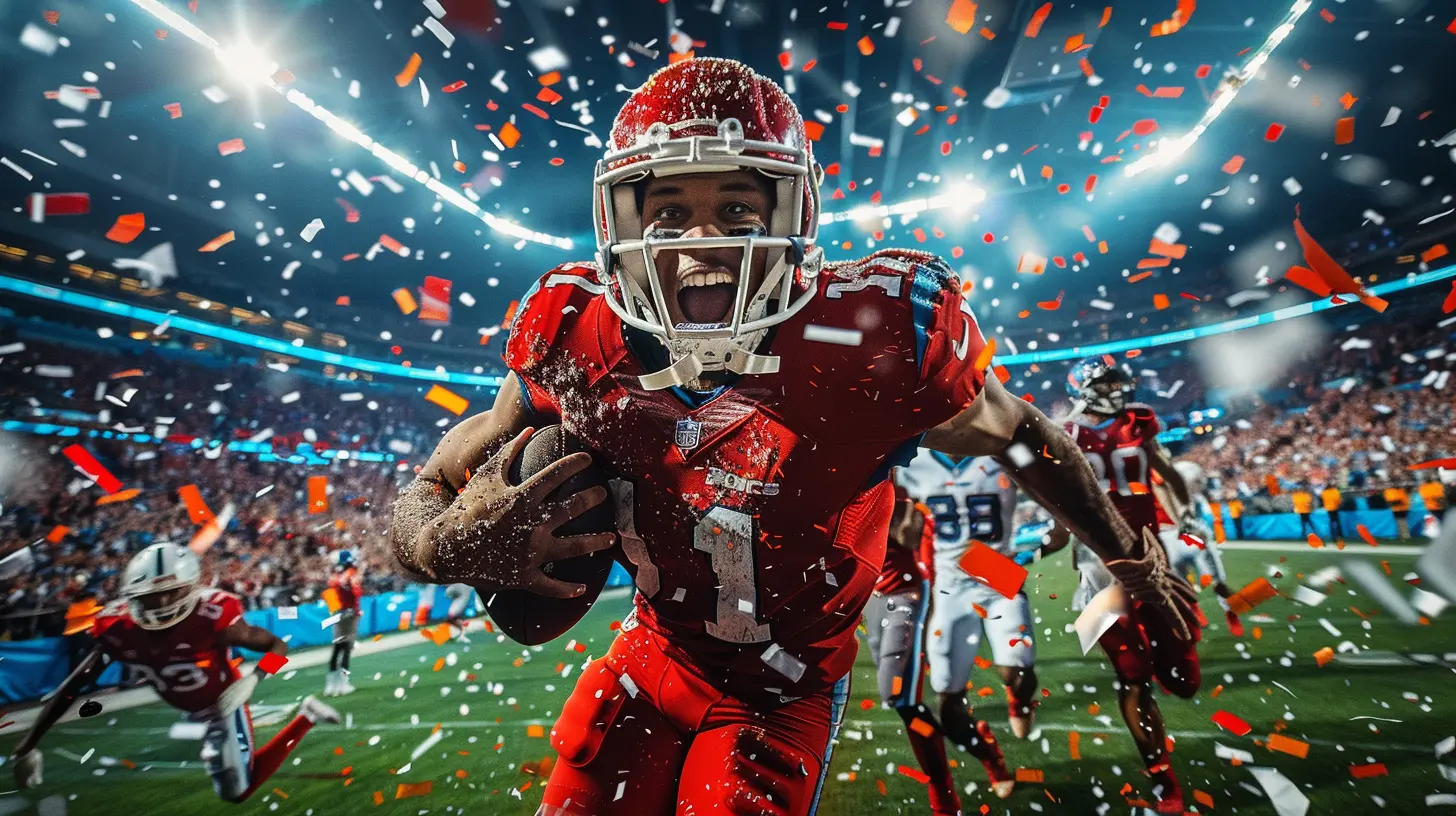
How In-Stadium Advertising Has Evolved
Let’s rewind to the early days—back when ad banners were made of vinyl, and mascots were more Polaroid than polished. Fast forward to now, and in-stadium advertising is a high-tech, data-driven marketing machine.Digital Revolution
LED screens, augmented reality features, and real-time ads tailored to what's happening in the game now dominate the scene. For example, some soccer clubs switch up ad content based on where the camera’s pointed. Sneaky-smart, right?Targeted and Personalized Ads
Some stadiums are getting super savvy. They use mobile apps and Wi-Fi tracking to deliver personalized promotions straight to your phone. Imagine getting a coupon for your favorite snack, just as your stomach starts to rumble in the third quarter.Virtual Ad Overlays
This one’s wild—some ads aren’t even visible in the stadium itself, but they show up during the broadcast! Broadcasters use tech to overlay virtual ads depending on the region. So a fan in the U.S. might see a completely different ad than a fan watching from Spain.Why Brands Love In-Stadium Advertising (and Keep Investing In It)
Money talks, and brands are listening. Despite the shift to digital media, global companies continue to pour millions into in-stadium advertising deals. Why? Because the return on investment (ROI) is often off the charts.1. Unmatched Visibility
Stadiums hold tens of thousands of people. And when a game is televised or streamed? We’re talking millions. That’s priceless exposure.2. Long-Term Partnerships
Sponsoring a team or a stadium isn’t usually a one-and-done deal. Long-term contracts mean ongoing visibility and deeper brand association. Think: how everyone knows the “Staples Center” or “Emirates Stadium.”3. Brand Loyalty Through Association
Fans love their teams. And if a brand is backing their team? Instant credibility. It’s guilt by association—but in the best way.Real-Life Examples of In-Stadium Advertising Winning Big
Coca-Cola
You can’t talk about sports without mentioning Coca-Cola. They’re everywhere—stadiums, scoreboards, cups, and even the vending machines. Their sponsorship of the Olympic Games and FIFA World Cup shows how far (and wide) their marketing reach goes.Nike and Jerseys
Nike has turned player uniforms into prime advertising space. Their swoosh is on jerseys from the NFL to the Premier League. It’s subtle, but it’s on camera every game, every highlight, every fan photo.Mercedes-Benz Stadium
Naming rights are a BIG deal. The fact that people casually refer to a stadium by a brand name shows just how powerful in-stadium advertising can be. The Mercedes-Benz Stadium in Atlanta isn’t just where the Falcons play—it’s a branding masterpiece.Challenges of In-Stadium Advertising
Of course, it’s not all touchdowns and high-fives. In-stadium advertising comes with its own set of hurdles.Oversaturation
Let’s be real: sometimes there’s just too much going on. When every square inch of a stadium is branded, fans can tune it out like background noise. Subtlety? Yeah, that’s out the window.Cost
This stuff ain’t cheap. From building installations to digital tech upgrades, the investment can be steep. Smaller brands often get sidelined.Changing Fan Expectations
Fans today want interactive, personalized experiences. Static ads just don’t cut it anymore. Brands need to get creative if they want to stand out.The Future of In-Stadium Advertising
Hold onto your nachos—because the future of in-stadium advertising is going to be wild.Augmented Reality (AR)
Imagine pointing your phone at the field and getting an interactive 3D ad floating across your screen. AR is already being tested, and it’s going to change the game completely.Real-Time Data Integration
Brands will use AI and fan data to change ads in real-time based on crowd reactions, game events, or even weather conditions. Got chills? Same.Sustainability Focus
Eco-conscious fans are holding brands accountable. Expect to see greener advertising options like solar-powered screens, recyclable promo items, and campaigns that support environmental causes.Final Whistle: Why In-Stadium Advertising is Still a Power Play
In-stadium advertising isn’t just surviving in the age of digital—it’s thriving. Why? Because it taps into something that can’t be downloaded or scrolled past: the raw emotion and excitement of live sports.It’s where loyalty meets visibility, engagement meets emotion, and brands become part of the game—not just the background noise.
So next time you’re at a game, take a moment to look around. That beer brand on the outfield wall? The car logo flashing on the jumbotron? They’re not just ads—they’re part of the experience.
And honestly? That’s just good marketing.
all images in this post were generated using AI tools
Category:
Sports MarketingAuthor:

Onyx Frye
Discussion
rate this article
1 comments
Danica Phelps
Great insights on in-stadium advertising! It truly enhances the fan experience while boosting team engagement. Excited to see how innovative strategies evolve in modern sports marketing! Keep up the fantastic work!
July 31, 2025 at 3:27 AM

Onyx Frye
Thank you for your kind words! I'm glad you found the insights valuable. Exciting innovations are certainly on the horizon for in-stadium advertising!
